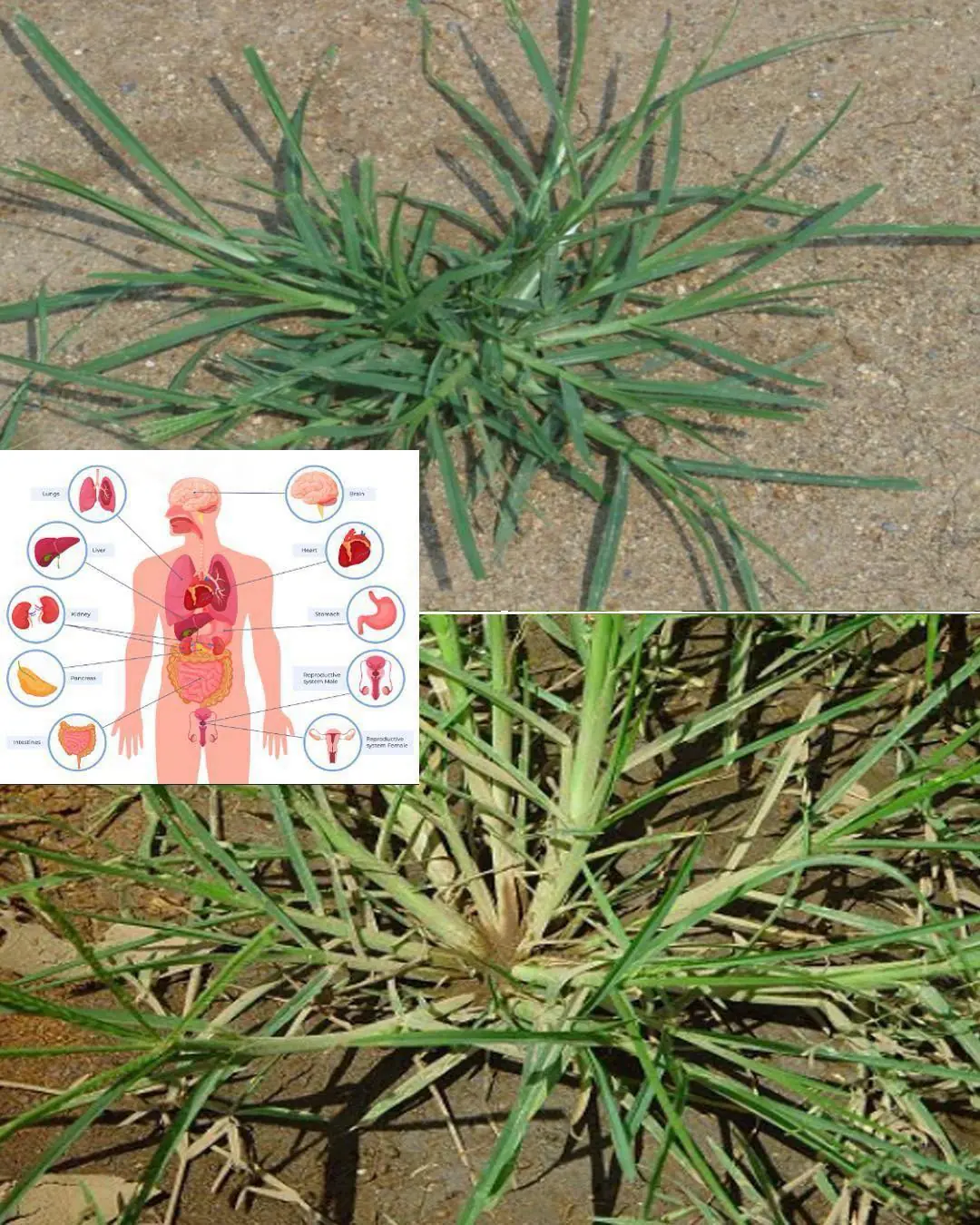
Home Tips 24/02/2025 15:03
Bedbugs: Effective Ways to Eliminate Them from Your Home
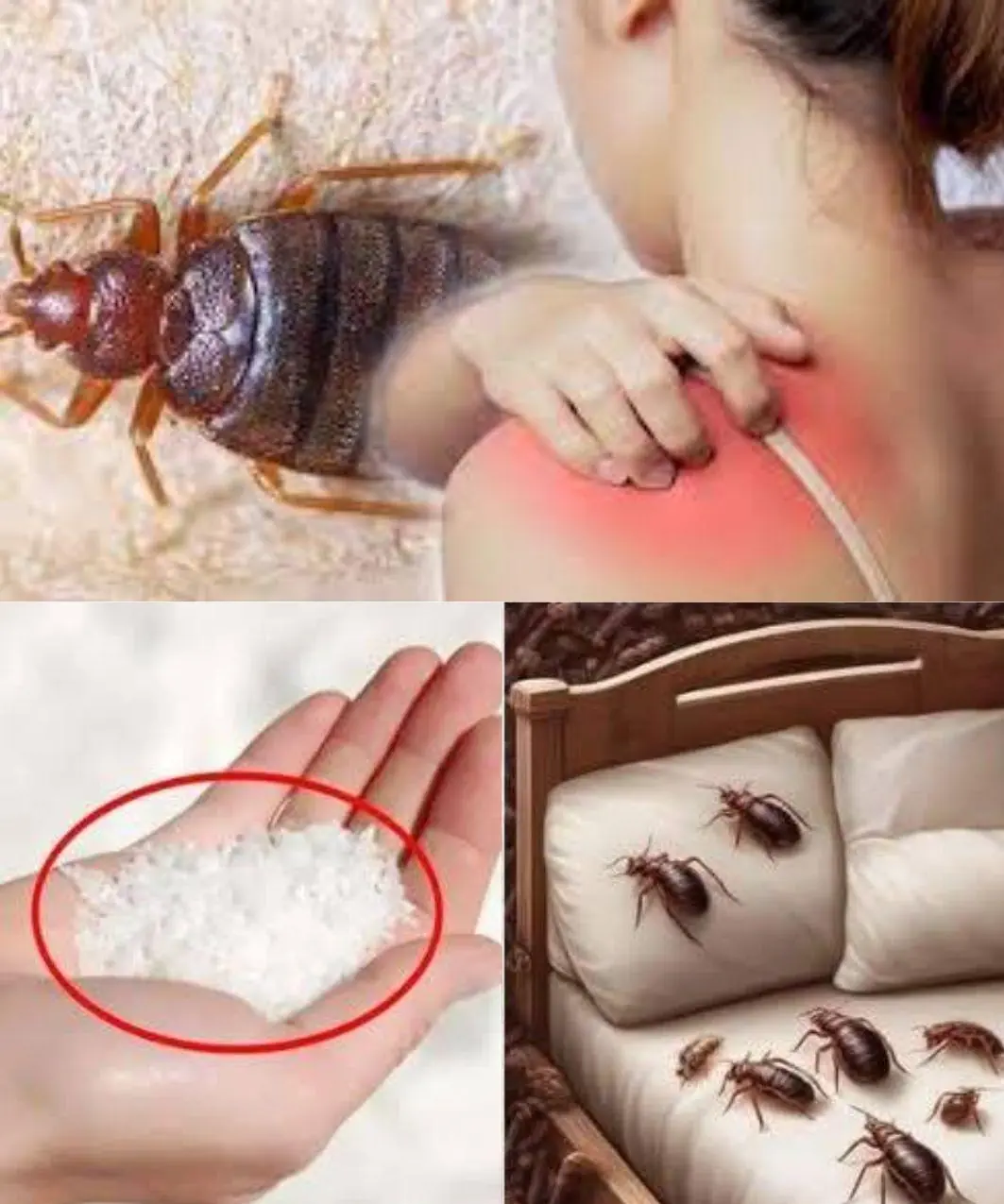
News in the same category

Home Tips 24/02/2025 19:48

How to grow Cinnamon trees
Home Tips 24/02/2025 15:04
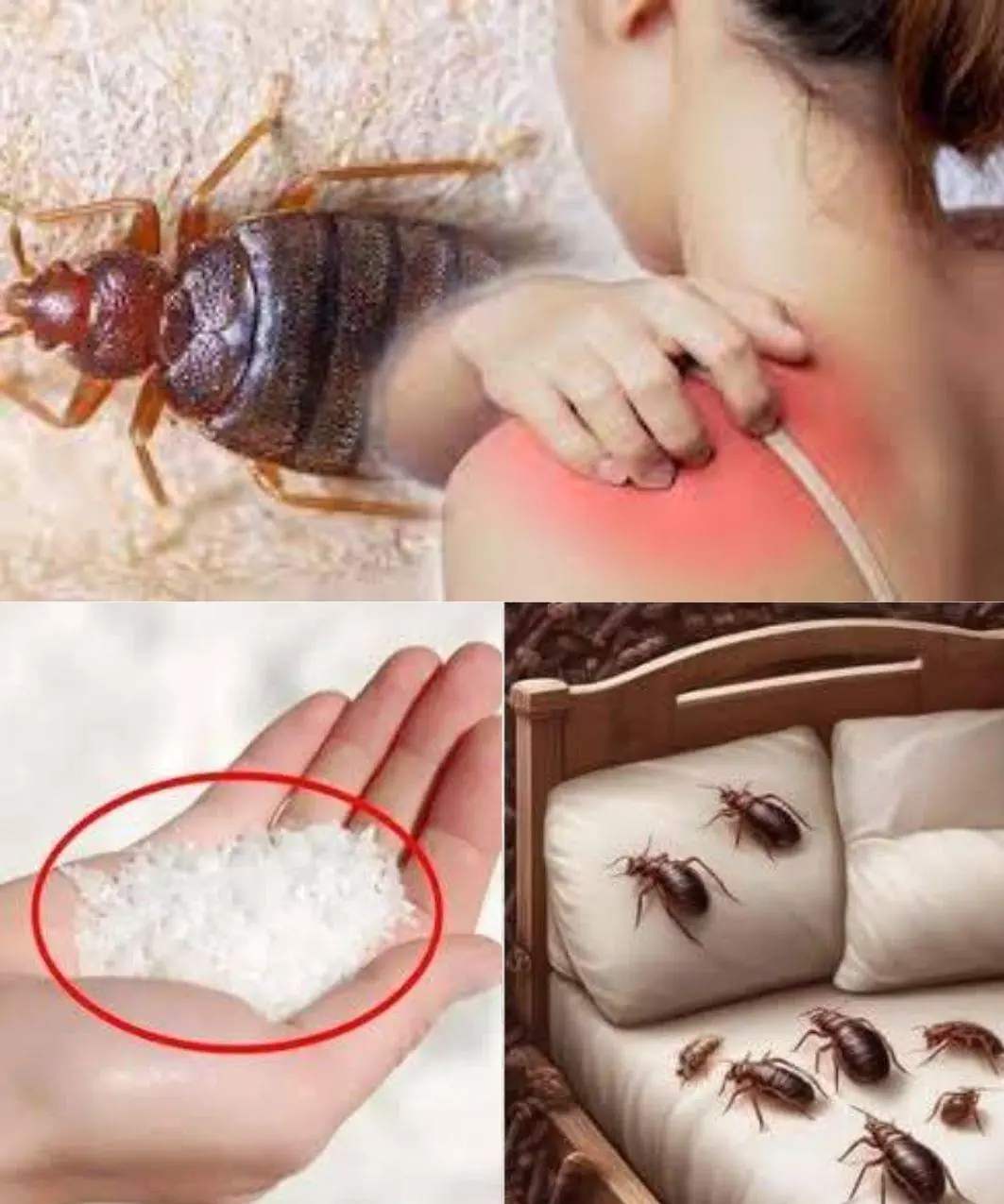
Bedbugs: Effective Ways to Eliminate Them from Your Home
Home Tips 24/02/2025 15:03

How to Build a Homemade Egg Incubator Using a Water Bottle
Home Tips 24/02/2025 14:55
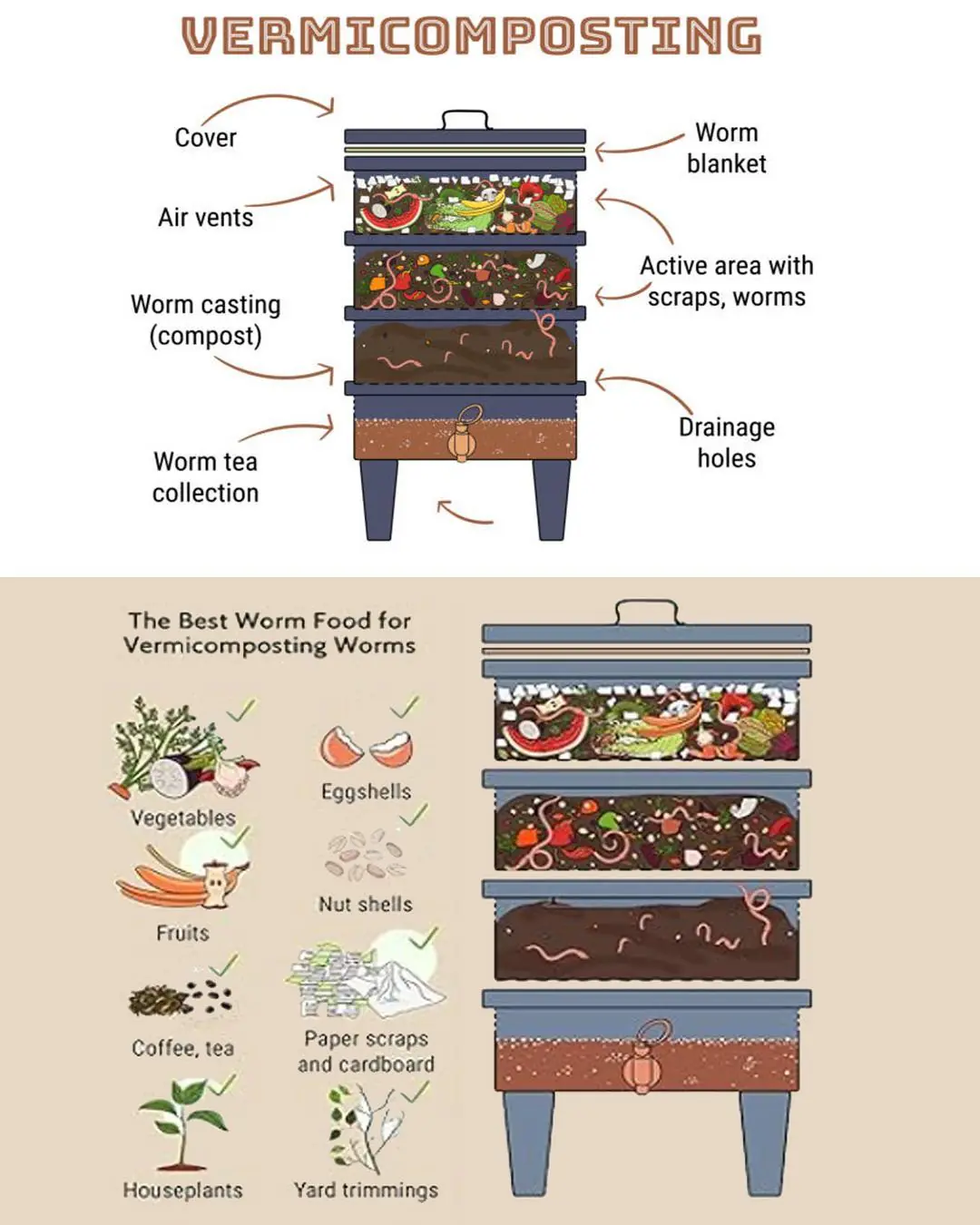
How to Build a Homemade Vermicomposter
Home Tips 24/02/2025 14:41
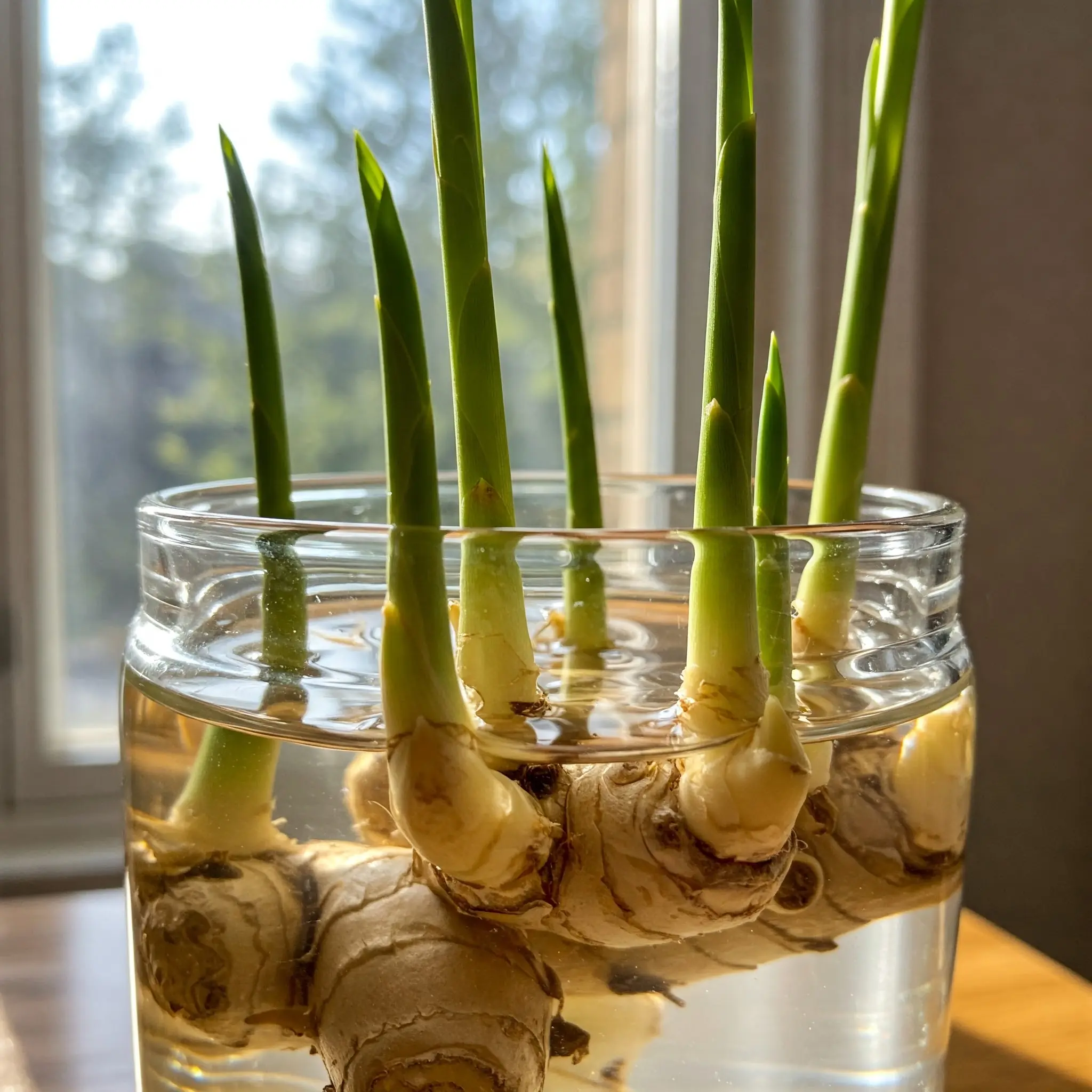
How to Grow Your Own Ginger at Home
Home Tips 24/02/2025 14:09
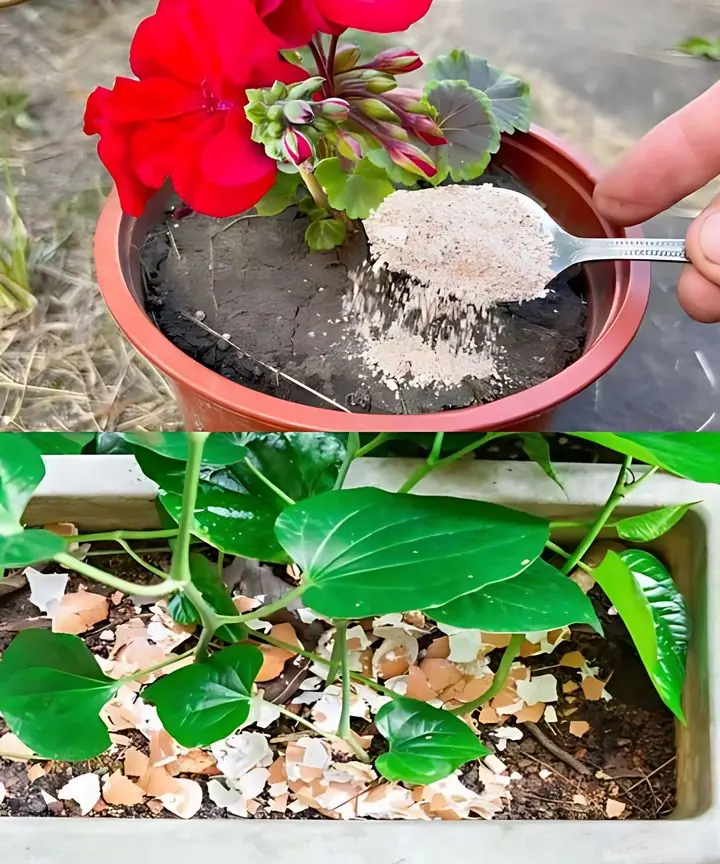
Pour Just a Little on Your Plants: They Will Flower in Just One Week
Home Tips 24/02/2025 13:55

Best Subtropical Fruit Trees: 8 Exotic Fruits To Grow In Your Garden
Home Tips 24/02/2025 13:52

Avocado Seeds: 7 Powerful Reasons to Stop Throwing Them Away
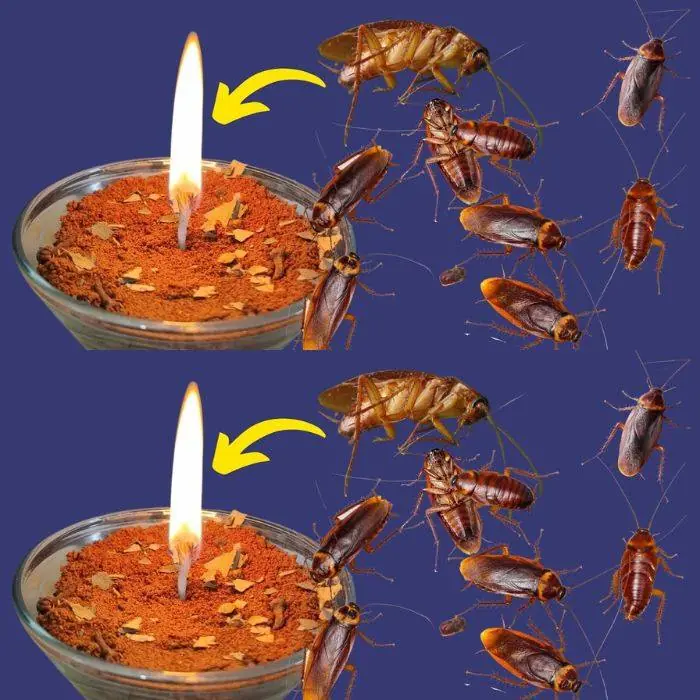
Say Goodbye to Flies and Cockroaches in Just One Hour with This Simple Trick!

8 Common Mistakes I Made Growing Tomatoes in Containers – So You Don’t Have To!

Boil 5 Cloves of Garlic in a Pan: A Natural Insecticide Solution for Your Garden 🌿🧄

The Secrets of Companion Planting: Why Tomatoes and Cucumbers Don’t Get Along

How to Cut Your Winter Electricity Bill by 30% – Smart Savings for Every Household

How to Grow Tomatoes at Home in Pots

Essential Tomato Pruning Tips for Healthier Plants and Better Fruit 🍅✂️

Baking soda is a gardener's best friend: here are 10 ingenious uses for it in the garden
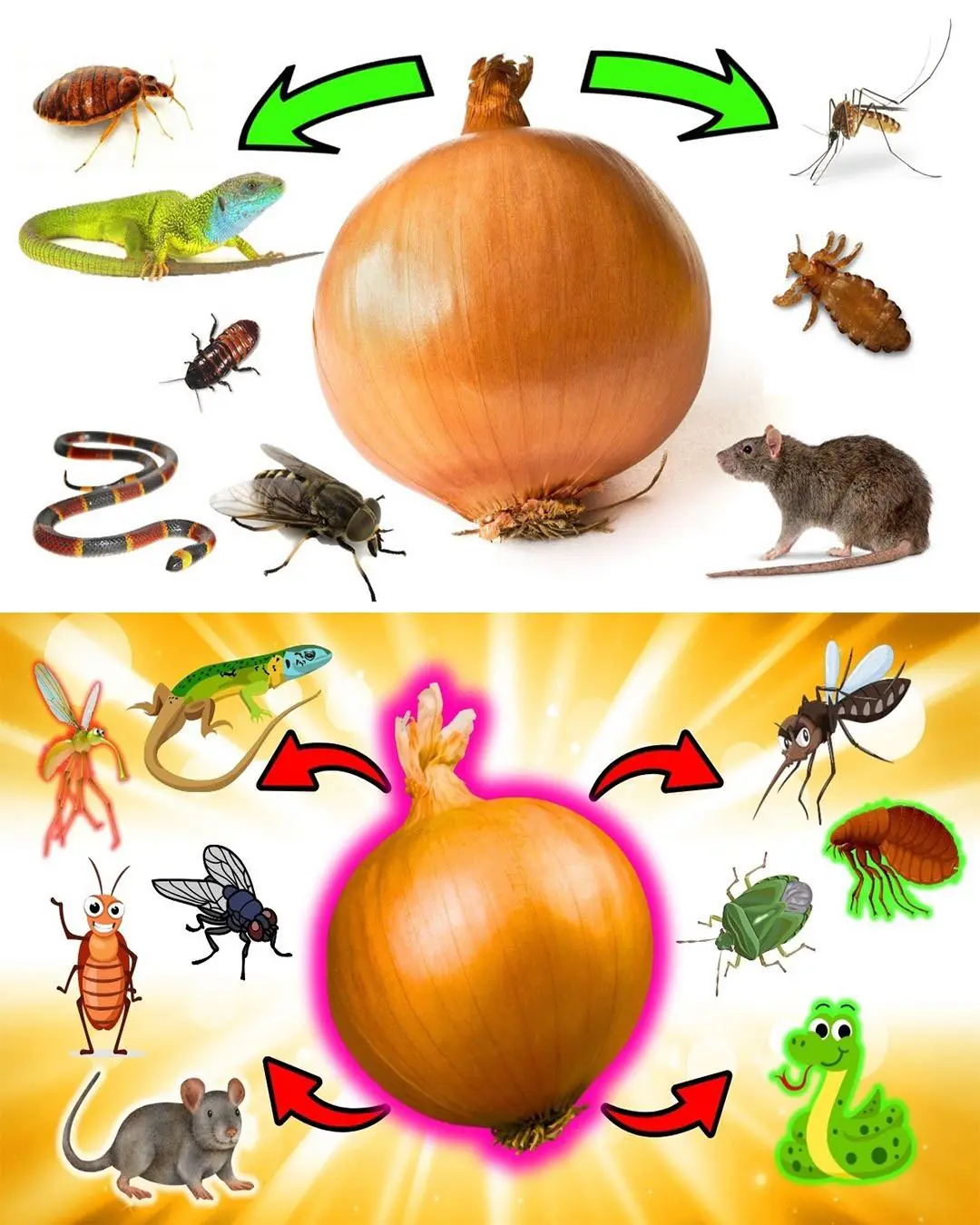
How to Use Onion to Get Rid of Pests: Mice, Flies, Lice, Cockroaches, Lizards, Mosquitoes, and Kitchen Pests...🐀🦟🪳🪰 💬👀
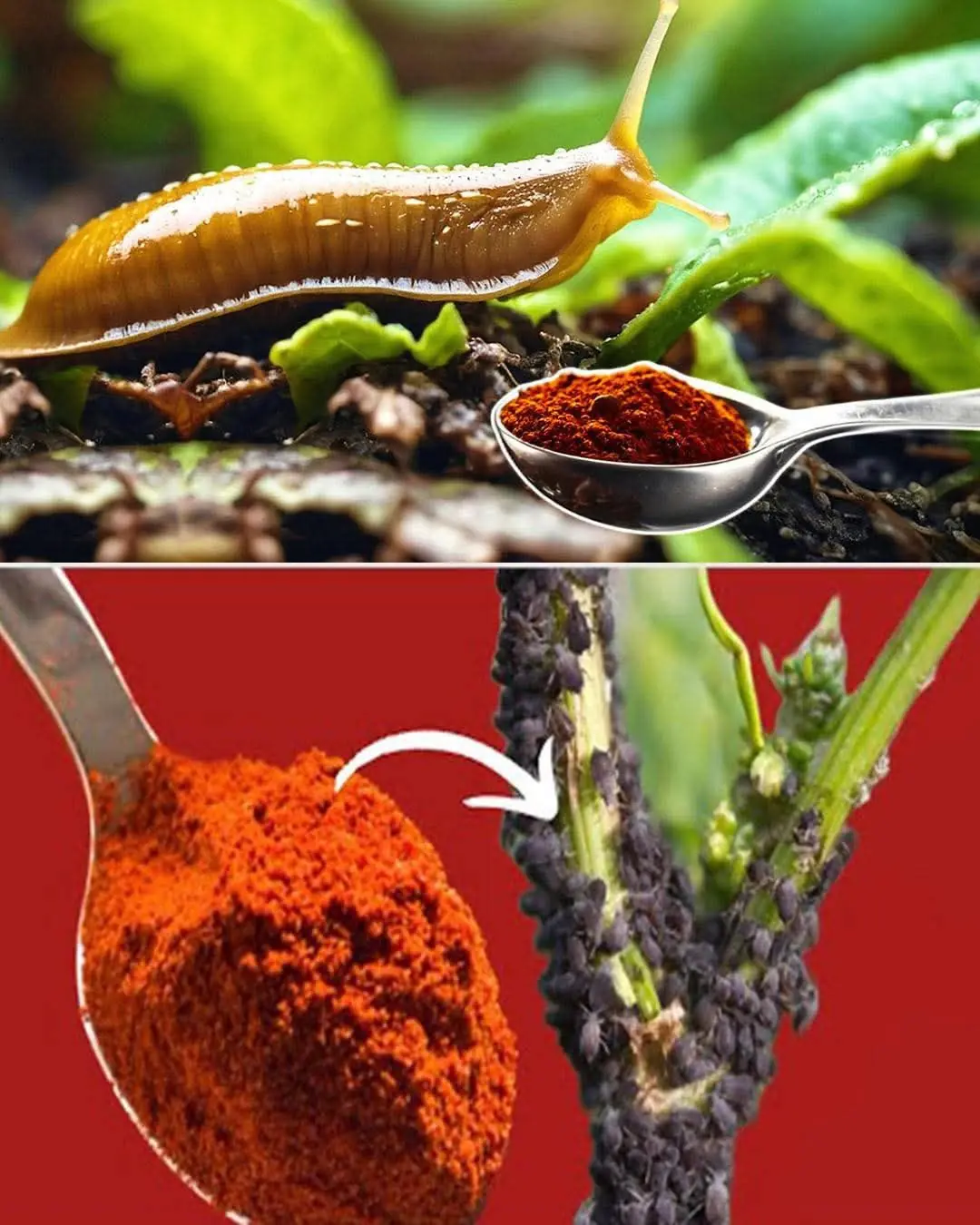
The Strongest Natural Insecticide: Say Goodbye to Aphids, Snails & Slugs Instantly!

9 Cucumber Trellis & Support Ideas for a Bigger Harvest
News Post

Goosegrass: A Hidden Natural Remedy with Remarkable Benefits
Home Tips 24/02/2025 19:48

Chayote Juice: A Natural Remedy with 13 Remarkable Health Benefits
Healthy 24/02/2025 19:25
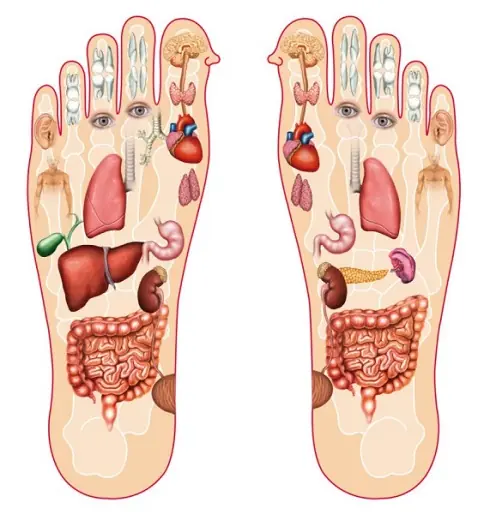
LISTEN TO YOUR BODY! Discover 10 subtle nutrient red flags and the easy fixes that can transform your health!
Healthy 24/02/2025 18:59

The Surprising Impact of Sleeping Pills on the Brain’s Cleaning System 🧠🛏️
Healthy 24/02/2025 17:45

What happens when you cook with aluminum foil? Read this before cooking with it
Healthy 24/02/2025 17:41
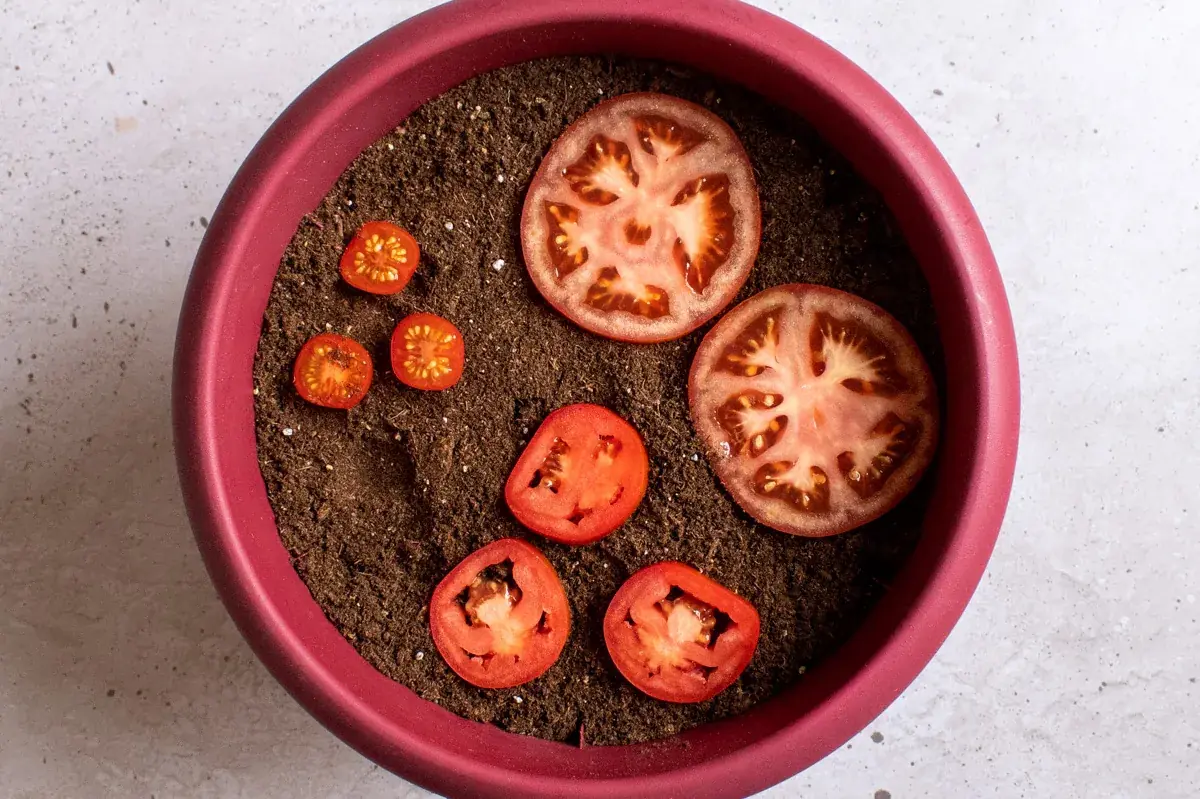
Forget Tomato Seeds: Just Plant a Few Slices from the Store. Here’s How
Garden 24/02/2025 17:35

Revitalize Your Health: The Ultimate Beetroot & Lemon Detox Elixir for Colon Health and Weight Loss
Healthy 24/02/2025 17:35
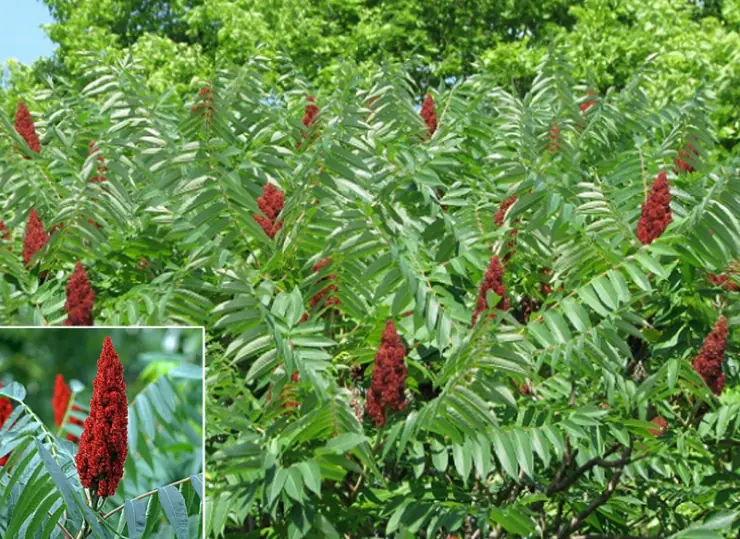
Sumac Tree Benefits – A Powerful Medicinal and Culinary Plant
Healthy 24/02/2025 16:54

Golden Crispy on the Outside, Soft & Fluffy Inside: A Perfect Pan-Fried Breakfast Bread
Food 24/02/2025 16:36

Mulberry Magic: Unleashing the Health and Flavor of Homemade Black Mulberry Jam
Healthy 24/02/2025 16:13

Okra Unleashed: Unlocking the Nutritional Power and Culinary Magic of Lady's Finger
Healthy 24/02/2025 15:51

Basil Flower: The Fragrant Elegance of Aromatic Blossoms
Healthy 24/02/2025 15:22

How to grow Cinnamon trees
Home Tips 24/02/2025 15:04

Regularly Eating Sweet Potatoes for Breakfast: 3 Visible Health Benefits You Shouldn't Miss
Health News 24/02/2025 15:00

How to Build a Homemade Egg Incubator Using a Water Bottle
Home Tips 24/02/2025 14:55

Banana Avocado Pistachio Smoothie
Smoothie 24/02/2025 14:55

Drink This Once a Day and Transform Your Health!
Healthy 24/02/2025 14:46

How to Build a Homemade Vermicomposter
Home Tips 24/02/2025 14:41

Taro Root (Colocasia esculenta): Uses, Benefits, and Healthy Recipes
Healthy 24/02/2025 14:38